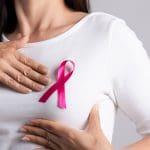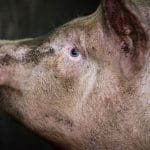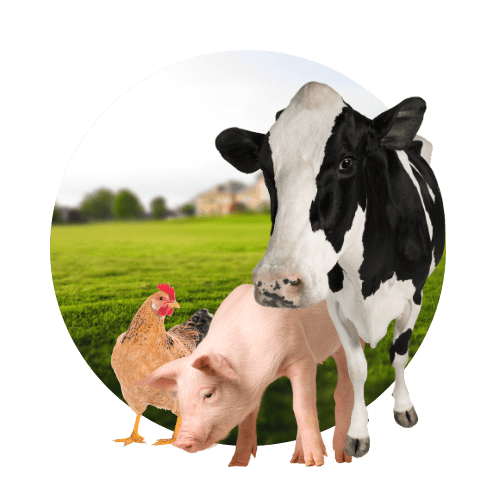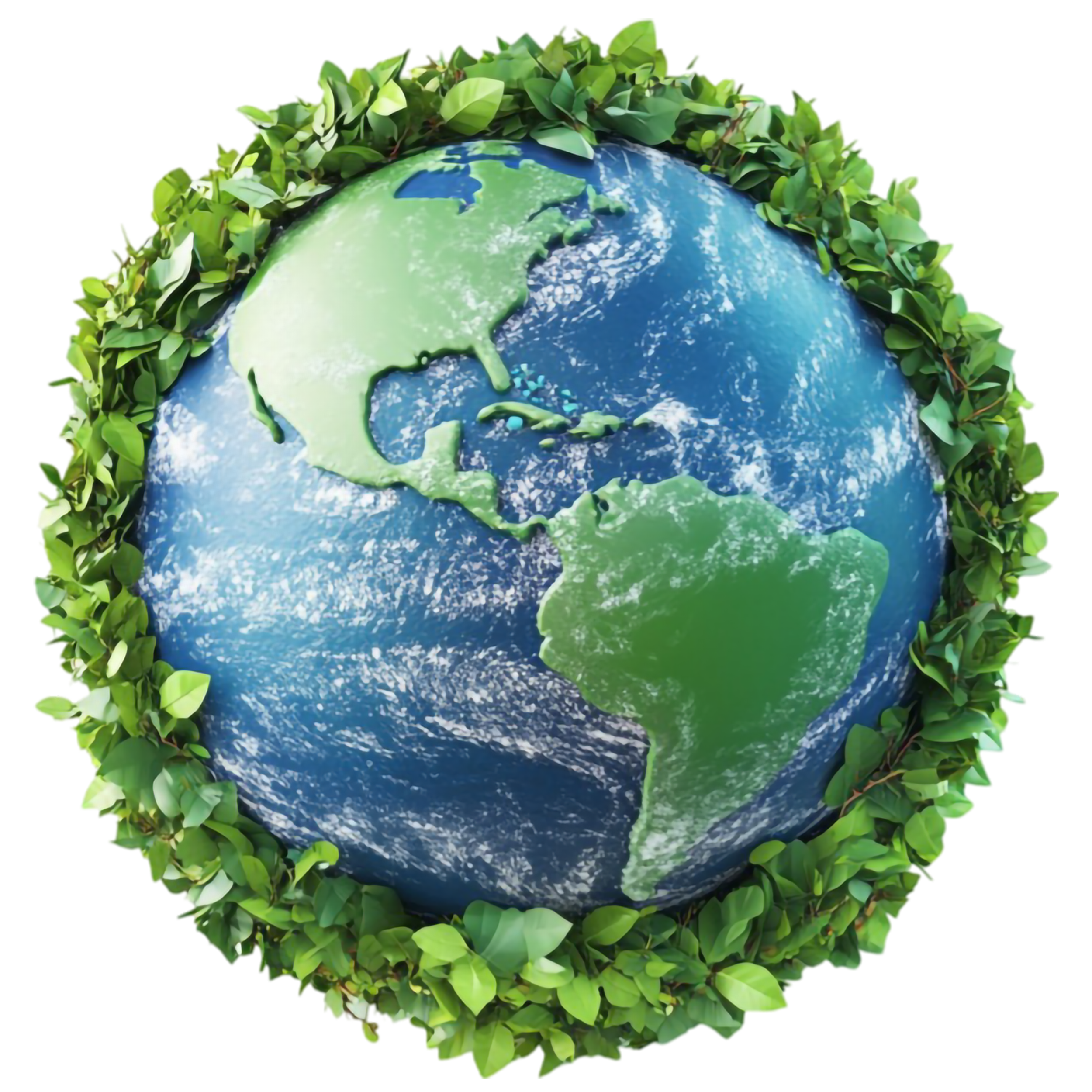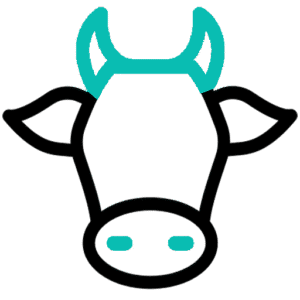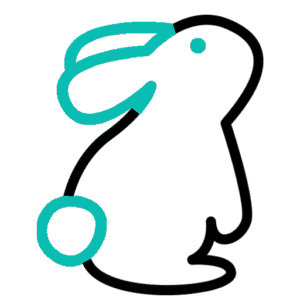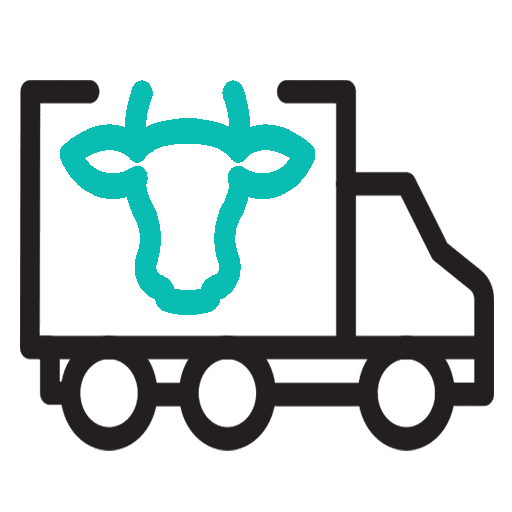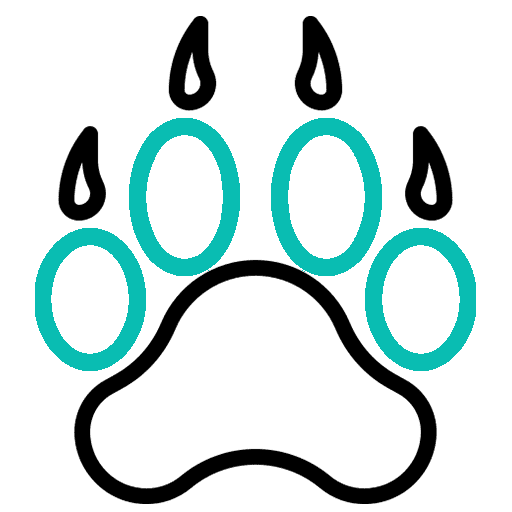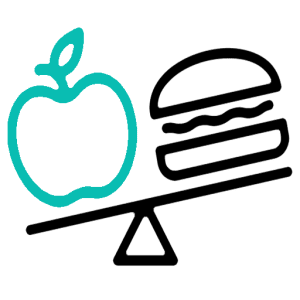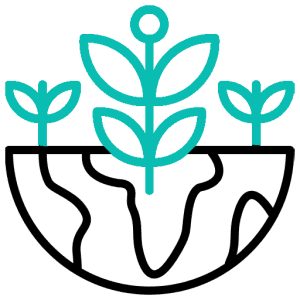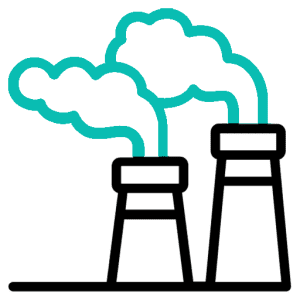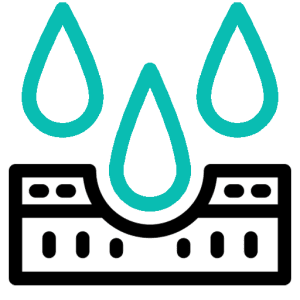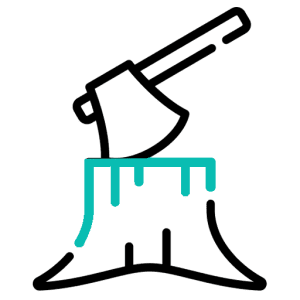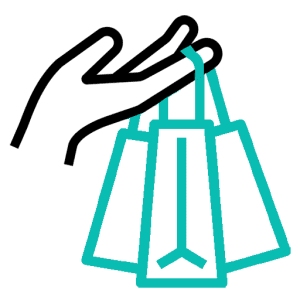Water, the essence of life, is rapidly becoming a scarce resource across the globe. As climate change wreaks havoc on our planet, the demand for water is intensifying day by day. While there are various factors contributing to this pressing issue, one that often goes unnoticed is the connection between animal agriculture and water scarcity. The intensive practices associated with raising animals for food have been silently depleting our precious water resources, presenting a growing global threat that demands immediate attention.
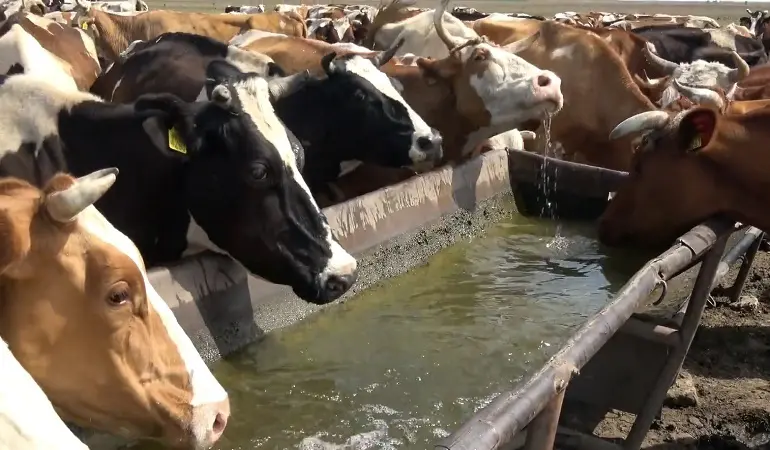
Understanding Animal Agriculture and Water Usage
Before diving into the concerning relationship between animal agriculture and water scarcity, let’s explore the basics. Animal agriculture refers to the massive industry dedicated to raising animals for meat, dairy, and egg production. It plays a vital role in the global food system, supplying a significant portion of our dietary needs.

However, the sheer scale of animal agriculture requires enormous amounts of water. From providing water to the animals themselves to irrigating feed crops, the industry is an insatiable consumer of this precious resource. The result is an unprecedented strain on water supplies both locally and globally.
Impact of Animal Agriculture on Freshwater Resources
While the demands of animal agriculture on water resources are evident, the negative impact is far-reaching and concerning. Here are some of the main ways in which animal agriculture contributes to water scarcity:
1. Water pollution: The release of processed waste, including manure and chemical runoff, into rivers and streams is a significant byproduct of intensive livestock farming. This contamination not only affects our water supply but also poses risks to aquatic ecosystems and human health.
2. Over-extraction of groundwater: In regions where animal agriculture is prevalent, such as large-scale dairy or beef operations, excessive groundwater extraction is common. This unsustainable extraction leads to the depletion of aquifers, causing rivers and streams to run dry and leaving surrounding communities grappling with water scarcity.
3. Soil degradation: The impact of animal agriculture extends beyond water pollution and over-extraction. It also contributes to soil degradation and reduced water retention capabilities. Intensive grazing and feed crop production related to animal agriculture can lead to soil erosion, creating a cycle of diminished soil quality and reduced water absorption.
Case Studies and Global Impact
While the connection between animal agriculture and water scarcity is a global issue, examining specific case studies can help shed light on the severity of the problem:
Case Study 1: California’s Central Valley
The Central Valley of California is known as the breadbasket of the United States, responsible for producing a substantial portion of the country’s fruits, vegetables, and nuts. However, this agricultural hub heavily relies on water, and animal agriculture plays a significant role. The excessive water consumption by large-scale dairy and meat operations in the region has contributed to the groundwater depletion and water scarcity experienced by nearby communities.
Case Study 2: Brazil’s Beef Industry
Brazil, the world’s largest exporter of beef, faces a similar water scarcity dilemma. The beef industry in Brazil is notorious for its high water consumption due to the extensive irrigation required for growing animal feed crops like soybeans. As a result, the water stress on natural watersheds in the country has intensified, putting the livelihoods of local communities and fragile ecosystems at risk.
The implications of animal agriculture on global water resources are staggering. With over 90% of global freshwater usage attributed to agriculture, transforming the way we produce and consume animal products is crucial for a sustainable future.
Sustainable Solutions for Water Management in Animal Agriculture
The good news is that there are solutions available to mitigate the water scarcity challenges posed by animal agriculture:
1. Improved farming practices: Adopting sustainable farming practices such as rotational grazing, regenerative agriculture, and organic farming can significantly reduce the water footprint of animal agriculture. These practices encourage more efficient use of water while promoting healthier ecosystems.
2. Water-efficient technologies: Continued investment in water-efficient technologies and infrastructure can make a substantial difference in reducing water consumption in animal farming operations. Innovations such as drip irrigation systems, rainwater harvesting, and wastewater recycling can help conserve precious water resources.
3. Policy and regulation: Implementing and enforcing stricter regulations on water use and pollution in the animal agriculture industry is key. Governments must work collaboratively with industry stakeholders to establish guidelines that prioritize sustainable water management practices and protect precious water resources.
Consumer Awareness and Action
While policymakers, farmers, and industry leaders play a crucial role in addressing water scarcity associated with animal agriculture, individual actions and consumer choices are equally important:
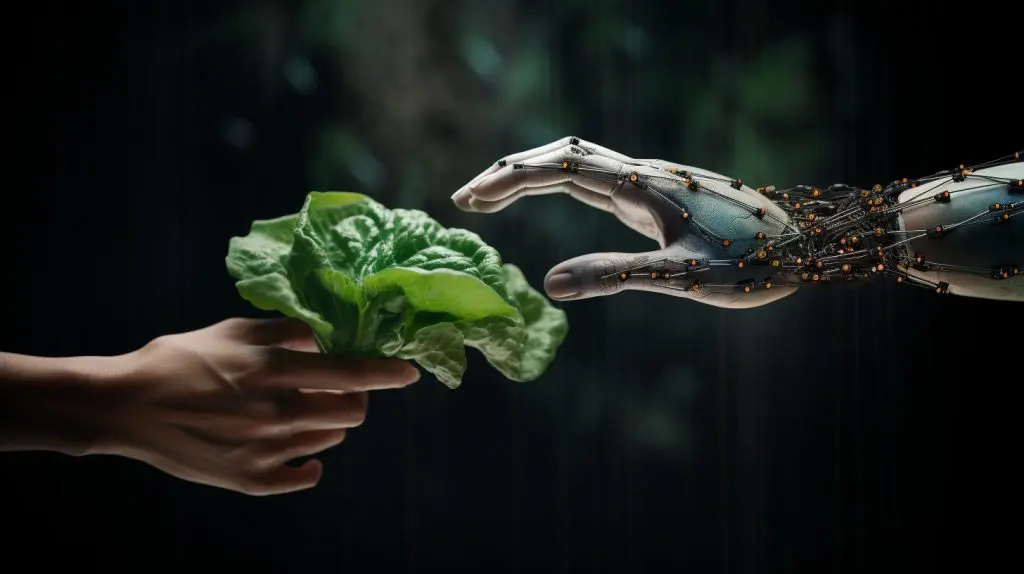
1. Role of consumer choices: Shifting towards sustainable diets, such as plant-based or flexitarian options, can significantly reduce the demand for animal products and lessen the strain on water resources. Every meal can be an opportunity to make a positive impact on water conservation.
2. Raising public awareness: Increasing awareness about the connection between animal agriculture and water scarcity is fundamental. Education campaigns, documentaries, and social media initiatives can help inform the public and encourage them to consider the environmental impact of their food choices.
3. Engaging in dialogue: By engaging in conversations and supporting organizations advocating for sustainable agriculture, individuals can contribute to the broader movement working towards water conservation and a more sustainable future.


